In a new series of blogs, we ask subject matter experts to contribute an article that will support public sector digital marketing. In this blog post, Jerry Little, looks at the EAT concept for Search Engine Optimisation.
When the acronym E-A-T did its rounds for the first time back in August 2018 for Google’s famous ‘Medic’ update, it was still well under the radar for all but a few savvy SEO circles and professionals. Since then, the term has grown in popularity immensely and has become one of SEO’s core guiding principles in creating smart and hard-working content. The concept remains essential to optimizing pages for ranking, especially with Google’s newest core update for its algorithm steadily rolling in this year. But what exactly is E-A-T, and why is it so important? Read on to find out more about E-A-T, and how you can maximize it to up the ante of your content.
What is E-A-T?
E-A-T is an acronym commonly used in digital marketing and SEO circles. It is shorthand for ‘Expertise, Authority, and Trust’— the three main parameters Google uses for its Search Quality Evaluator Guidelines. While Google uses machine learning to evaluate pages, E-A-T is used as a guide by the people in charge of Search Quality Evaluation to manually check if the pages being served are up to standard. If the evaluators declare a page as high quality according to E-A-T, then it is worthy of a top spot in the algorithm. These people are essential to making sure that the algorithm is doing its job of serving quality content first by reviewing the pages themselves.
At the time of its initial release, E-A-T was christened the ‘medic’ update by search engine journalist Barry Schwartz for what seemed to be targeted crackdowns on medical pages. Google eventually went on to expound on this, saying that it wasn’t medical websites per se, but rather websites with YMYL stakes; an acronym Google itself coined and defined as “Your Money or Your Life”. This was meant to crack down on pages that could have possible effects—whether positive or negative, on a user’s “happiness, health, or wealth”. To keep users from being negatively affected, pages were strictly evaluated to control information that could potentially harm a user because of erroneous or false claims, among many others. E-A-T has since become a factor in a website’s total Page Quality score.
What does all this mean in 2021?
Both E-A-T and YMYL remain relevant today for many reasons. A page that meets the E-A-T parameters should fulfill its ‘Beneficial Purpose’. At the heart of a page is its ability and purpose to help users. This is something Google firmly believes in, hence its continued gravity well after 2018. To weed out websites that seek to harm users (by collecting personal information, scams, and malware among many others), Google has included a page’s Beneficial Purpose and its fulfillment of that promise to the total Page Quality scoring.
As an exercise, it might be worth considering your own website. Can you name a specific purpose for your pages or even the website as a whole? Do you feel that your page helps visiting users? See the list below for common purposes that Google values.
- > Informative Pages (news, social or societal news, or even personal topics)
- > Media Sharing Pages (photos, videos, audio)
- > Personal Views (editorials, blog posts or review posts)
- > Entertainment
- > Software Sharing (Downloading sites for legitimate software)
If a page fulfills its promised Beneficial Purpose, it can then move on to the next stage of evaluation—whether or not it has expert opinions or information sourced from legitimate experts, if the page itself, as well as the sources and pages linked hold authority for the topic, and finally, if all of the contents within the page can be trusted. This is what it means to conform to E-A-T’s standards. With the new user-focused core updates beginning implementation, it’s never been more important to review your page and how it measures up against the E-A-T to make sure Google deems it as value-adding enough to rank.
If all this sounds overwhelming, don’t worry! Here are 5 actionable, on-page tweaks to your content strategy to maximize your page’s E-A-T!
Be Easy to Find
Get down to the basics. You can’t help your user no matter how good your Page Benefit is if they can’t even find you. Perform an SEO audit—which keywords have been working and which haven’t? Do away with those that have not been performing. If possible, go over this with your team and reevaluate keywords based on Search Intent and your current keyword performance. It’s important to be there when they need us and to be ready with solutions when they visit.
Ask the Experts
Good content is always well-researched and expertly communicated. Ensure that the information you share on your page’s Main Content is 100% true and valid while being shared in a way that only an expert can execute. The voice and skill in your Main Content can make or break your site. Get in touch with experts in the field or professionals who specialize in producing expert content such as SEO-trained writers with a flair for your industry to make this process easier. Fortunately, as long as your content is factual, clearly articulated, and properly attributed, is already a mark of expertise in the eyes of the world’s top search engine.
User-First, UX-Friendly
As you write your Main Content, focus on making it as easy to digest for your target audience as possible, while delivering the Page Benefit you set. Write in clear but concise language that communicates an expert’s opinion in easy-to-read paragraphs rather than walls of text. Combine this with a UX-friendly layout that works for both PC and mobile formats. Remember that while keywords make it easy for them to find you, they should also flow naturally into the story you’re trying to tell. It won’t matter much that they found you if they’re not keen on staying. Lastly, include sections and features that make sense for a user’s journey. Feature product shots and models if necessary, and add appropriate plug-ins like Maps if the need arises.
Celebrate the People
Make the user feel that there are real people behind the screen, putting out important and value-adding content for them to use. Show off your team and your brand in your About or Team section. Tell a story of how they are experts in their field, and qualified to be delivering this information to them. Talk about your brand and your story, and list the awards you and your team worked hard for together. Not only does this create a more personal relationship between the reader and the brand, but it also boosts the credibility and authority of a website.
Reputation is Everything
Nothing convinces new visitors like satisfied, returning customers. One of the most powerful things you can do is to include satisfied user reviews and experiences, or even past projects into your website. Dedicate one of your pages to showcasing your past clients—whether it be feedback or a portfolio of projects and brands you have partnered with, this boosts credibility AND expertise knowing that whatever you have to offer has left your clients satisfied. You can even link to popular review websites you are present in, like Yelp, Foursquare, and Tripadvisor. Gauge feedback by searching your business or brand on Google to check which reviews are being boosted by the engine. If negative reviews are boosted, it may indicate a low level of trust from Google.
While these five fixes will surely get you on the right track, it may be best to seek out expert opinions. Partner with a dependable SEO agency to build (or rebuild) your website and nab a spot on the coveted First Page.

 JOIN OUR FACEBOOK GROUP
JOIN OUR FACEBOOK GROUP
Marketers and content creators need to keep the principles of EAT in mind if they want to grow their websites the right way.